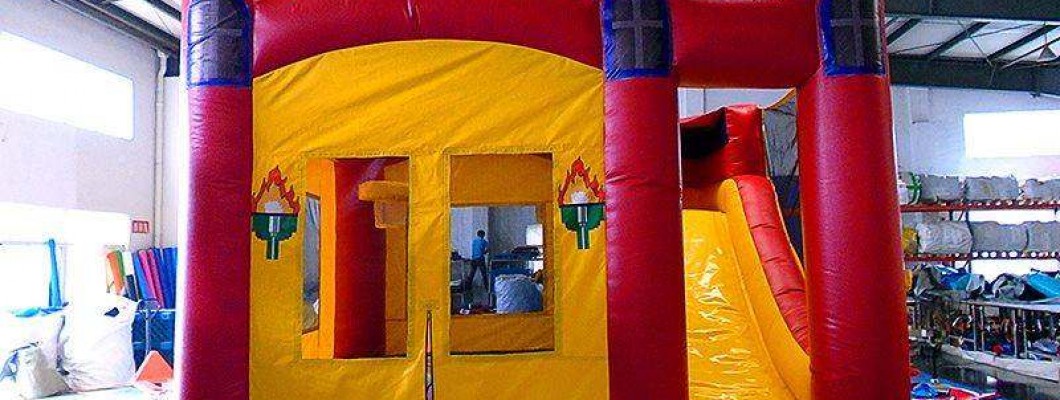
Setting up a bounce house safely is crucial to ensure a fun and accident-free experience for all participants. Proper setup not only maximizes safety but also ensures that the bounce house operates correctly and lasts longer. Here’s a step-by-step guide to setting up a bounce house safely:
1. Choose a Suitable Location
Select a flat, level area that is free from obstacles such as trees, fences, and sharp objects. Ensure the area is large enough to accommodate the bounce house and has sufficient space around it for safe operation. Avoid placing the bounce house on concrete or rocky surfaces; instead, opt for grass or other soft ground.
2. Inspect the Equipment
Before setting up, thoroughly inspect the bounce house for any signs of damage or wear. Check for holes, tears, and loose seams. Ensure that the blower, stakes, and any additional equipment are in good working condition. If you find any issues, address them before proceeding with setup.
3. Lay Out the Bounce House
Unroll the bounce house and position it on the chosen area. Make sure it is properly oriented and spread out evenly. Avoid placing the bounce house near any obstructions or potential hazards. Ensure that the entrance and exit are clear and easily accessible.
4. Secure the Bounce House
Use the provided stakes or anchor points to secure the bounce house to the ground. This helps prevent it from shifting or tipping over during use. Follow the manufacturer’s instructions for proper anchoring, and make sure the stakes are driven in securely and are flush with the ground.
5. Connect the Blower
Attach the blower to the bounce house according to the manufacturer’s instructions. Ensure that the blower is plugged into a grounded electrical outlet and is positioned away from the bounce house to prevent overheating. Turn on the blower and allow the bounce house to inflate fully before use.
6. Check for Proper Inflation
Once inflated, check that the bounce house is fully and evenly inflated. The bounce house should have a firm, bouncy feel with no sagging or deflation. Adjust the blower as needed to maintain proper inflation levels throughout use.
7. Supervise Play
Always supervise children while they are using the bounce house. Ensure that they follow safety rules such as no roughhousing, no climbing on the walls, and no sitting or standing on the edges. Monitor the number of children playing at once to avoid overcrowding and reduce the risk of accidents.
8. Monitor Weather Conditions
Keep an eye on weather conditions throughout the event. Avoid using the bounce house in high winds, heavy rain, or extreme temperatures, as these conditions can compromise safety and stability. If weather conditions change, deflate the bounce house and pack it away until conditions improve.
9. Deflate and Pack Up
When it’s time to pack up, turn off the blower and allow the bounce house to deflate completely. Once deflated, carefully fold the bounce house and secure it with any provided straps or ties. Store the bounce house in a clean, dry place to prevent damage and ensure it remains in good condition for future use.
10. Regular Maintenance
Regularly clean and inspect the bounce house to ensure it remains safe and in good working order. Follow the manufacturer’s recommendations for cleaning and maintenance, and address any issues promptly to keep the bounce house in top condition.
Conclusion
Proper setup and maintenance of a bounce house are essential for ensuring a safe and enjoyable experience. By following these guidelines and adhering to safety practices, you can create a fun environment that minimizes risks and maximizes enjoyment for all participants.

Leave a Comment